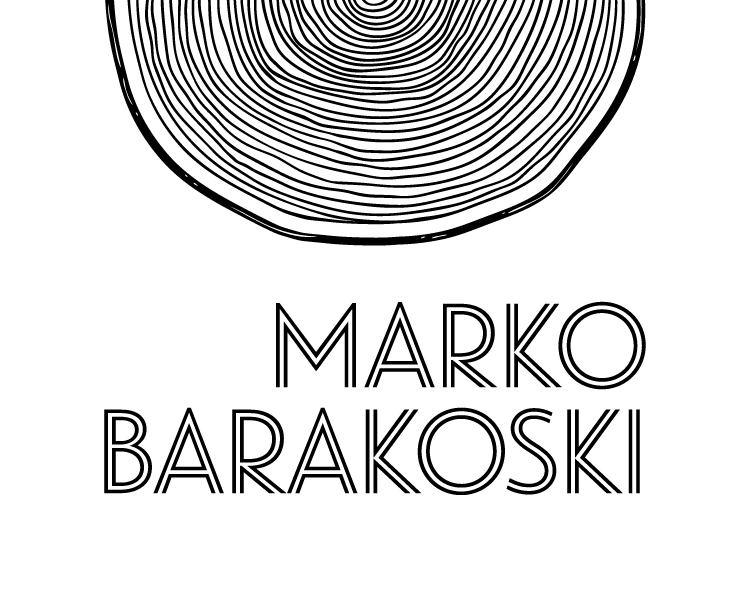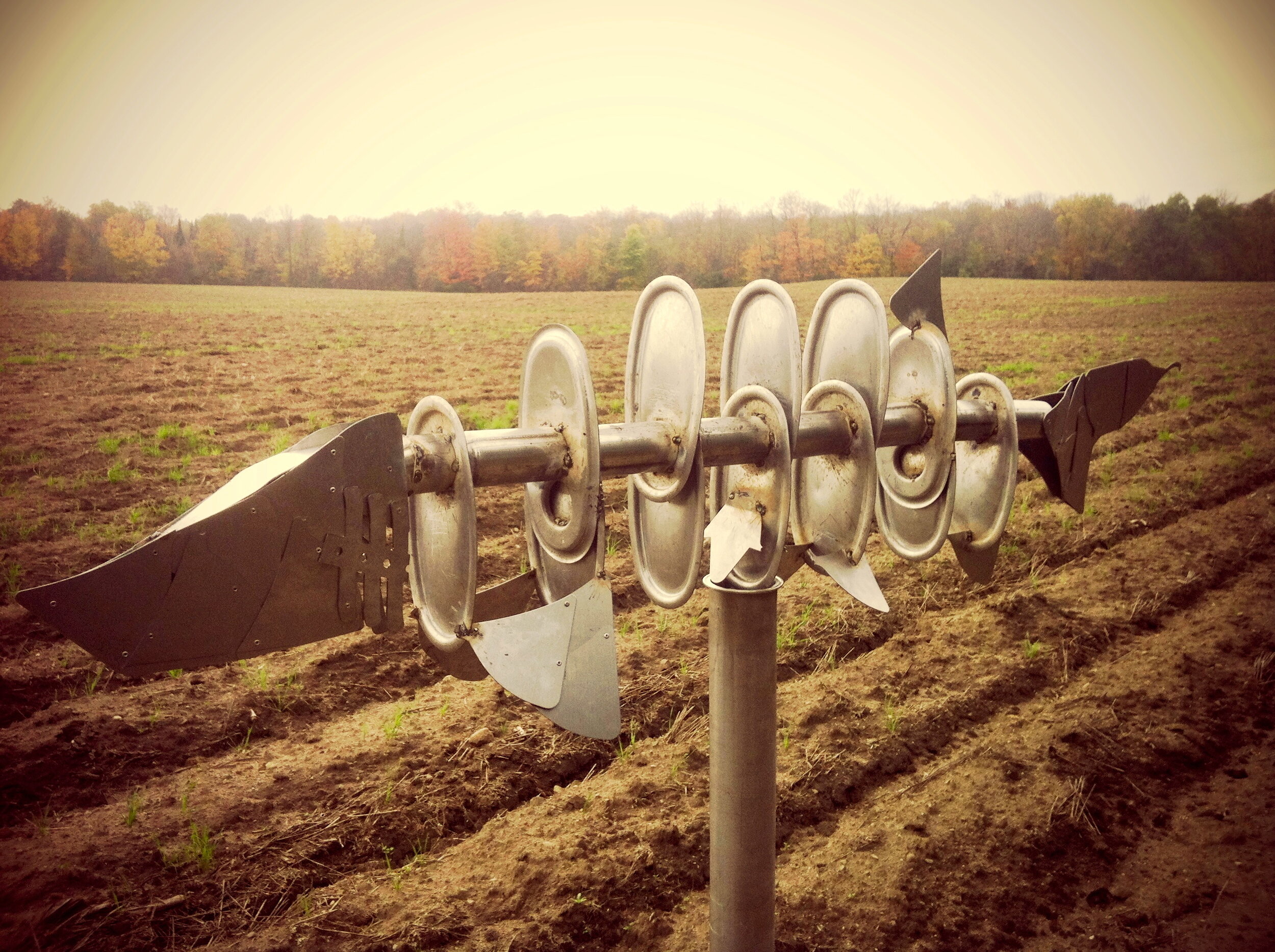Sturgeon 2013
Using recycled material to create a sculpture can help foster more conversation and change in the dialogue of making the places in which we live cleaner, safer and wiser.
There are over 31,000 registered businesses in the manufacturing sector in Ontario. On materials alone, these companies spent $325 billion dollars in 2010, according to Industry Canada. That leads to a lot of waste, both as pre and post-consumer product. Society is growing more aware of the ecological issues and thoughtless demolition of the built environment. These are not only looked at as a literal waste but also as the eradication of cultural heritage and of socio-economic values. Energy efficiency, waste management, etc., have become ubiquitous terms in the language of the time, but there is still more to accomplish.
The sculpture is that of a Lake Sturgeon; North America’s largest freshwater fish, and local to southern Ontario. It is also one of Ontario’s endangered fish species, listed as a ‘special concern,’ with overfishing, loss of habitat, and poor environmental quality to blame. I wish topromote awareness to a species that doesn’t garner the same type of recognition as say, a polar bear, because it is easy to forget that there are creatures that struggle nearby.
The materials used are faulty/unused muffler parts acquired from a scrapyard in nearby Cambridge. Pre-consumer waste, I believe, is an overlooked commodity in not just art, but everyday living, from design and decor to ‘up-cycled’ products.
Given the scope of ecological threats (i.e global warming), it’s not hard to make too much of recycling and reuse. The root causes of the big problems won’t be solved by how many muffler parts are converted into blenders. The advantage is that capitalising on those resources we do exploit could discourage further plundering of our land and help protect the ecosystem.



